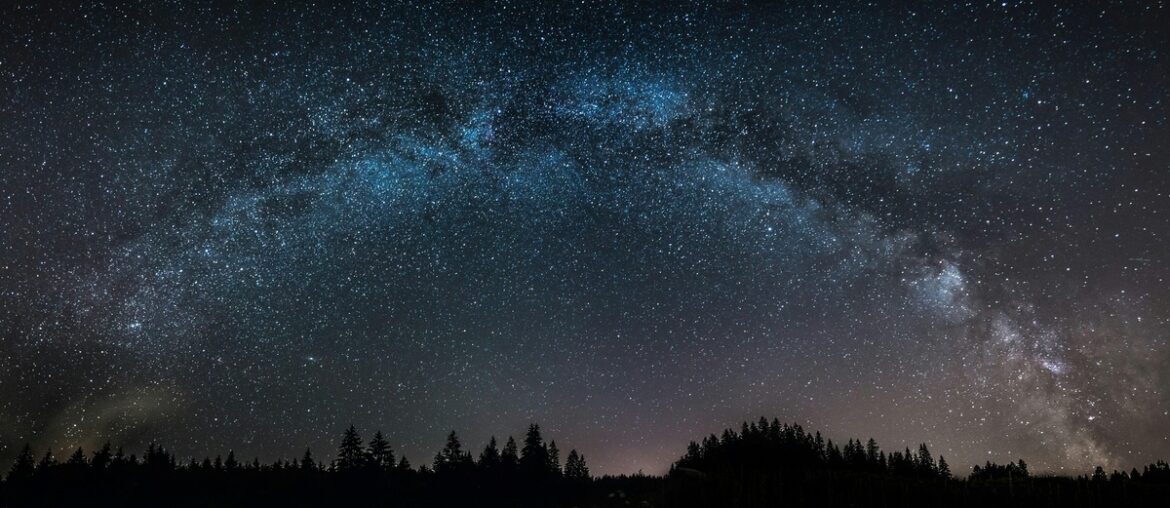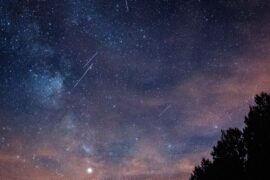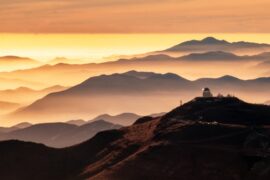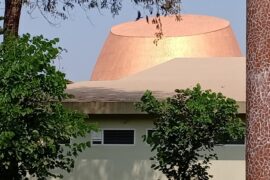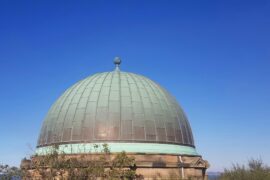In 2007 the International Dark-Sky Association introduced a global program to recognize places with exceptional night skies, changing how communities value darkness. That shift matters: protecting dark skies supports scientific research, preserves cultural star lore, and fuels low-impact tourism that benefits local economies. This guide highlights ten outstanding sites where the heavens truly stand out, explaining what to expect at each—access, official protections, and typical sky conditions. The article is grouped into four categories so you can pick the kind of trip you want, and each numbered entry lists concrete examples and practical tips for planning a visit. When planning trips to the best dark sky locations, think about designation, altitude, and local stewardship as much as the weather.
Official Dark Sky Reserves and National Parks
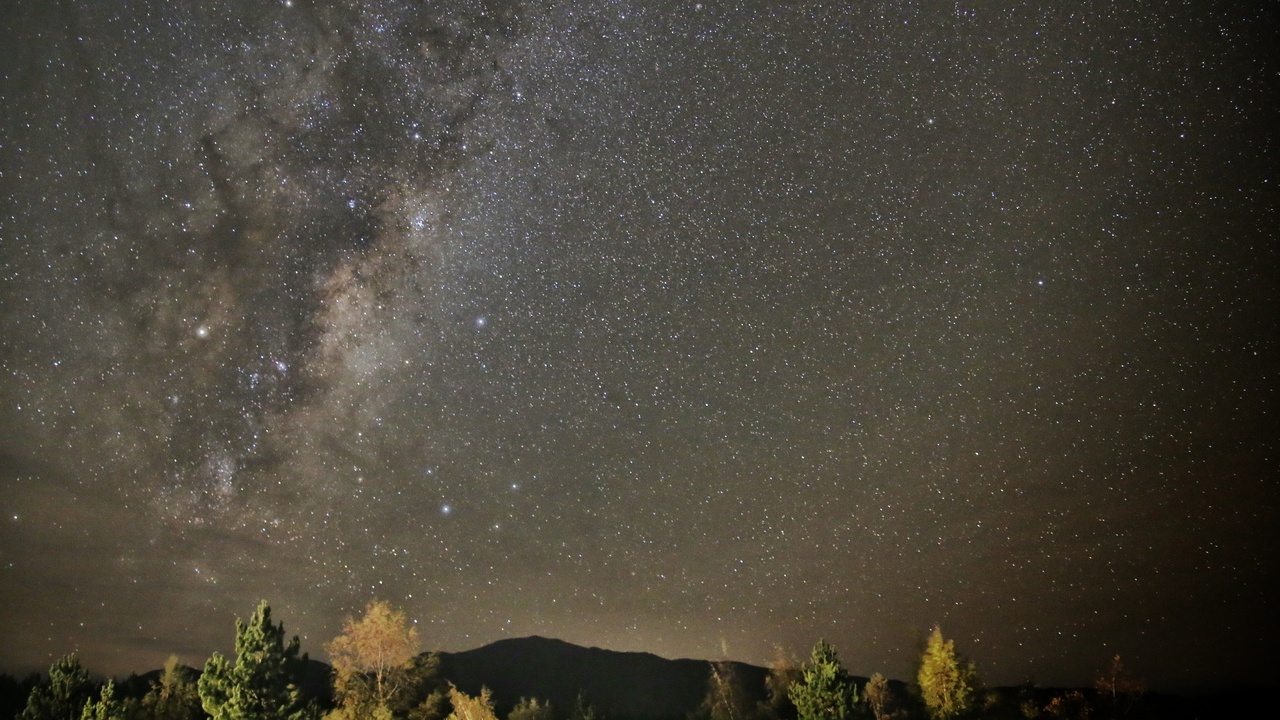
Formally designated reserves and parks often offer the most reliable night-sky experiences because they combine legal lighting controls, education programs, and community buy-in. Designations from the International Dark-Sky Association (IDA) or UNESCO signal places where municipalities limit upward light and visitor centers run outreach. Expect organized stargazing nights, observatory access, and staff who can explain local targets; many sites also publish measurable metrics such as reserve area or year of designation to help visitors plan.
1. Aoraki Mackenzie International Dark Sky Reserve — Southern Hemisphere clarity
Aoraki Mackenzie is one of the southern hemisphere’s premier reserves and was designated by the IDA in 2012. The reserve covers an expansive rural landscape centered on Lake Tekapo and Aoraki/Mount Cook, giving unusually low artificial sky brightness across large areas. Its southern location puts the Magellanic Clouds, the Southern Cross, and rich Milky Way vistas well above the horizon.
Best months are April through October for crisp, long nights; nearby towns include Twizel and Tekapo where accommodation and guided observatory tours are plentiful. Tekapo’s Dark Sky Project runs evening programs, and visitors can join observatory night tours that combine local interpretation with telescope time.
2. Mont-Mégantic Dark Sky Reserve — Easy access to pristine skies
Mont-Mégantic sits within comfortable driving range of Montréal and Québec City and was among the early internationally recognized reserves (designation year registered with IDA in the late 2000s). Its on-site ASTROLab and university partnerships make it unusually strong on public outreach and education for a reserve of its size.
Late fall through spring brings crisp skies and long viewing windows; the reserve hosts workshops, public telescope nights, and photography courses. Expect clear guidance on observing spots, and check ASTROLab schedules for night programs and special events.
3. Jasper National Park Dark Sky Preserve — Large, high-latitude skies
Jasper is one of Canada’s largest national parks and carries official dark-sky protections managed by Parks Canada. The park’s scale—spanning thousands of square kilometers—helps minimize local light spill and provides many remote viewing points with minimal interference.
At high latitude, winter brings aurora opportunities in addition to Milky Way season in summer. Popular sky-watching spots include Pyramid Lake and Maligne Lake; park-run stargazing programs and ranger-led walks offer guided experiences and safety advice for cold nights.
High-Altitude and Desert Observing Sites
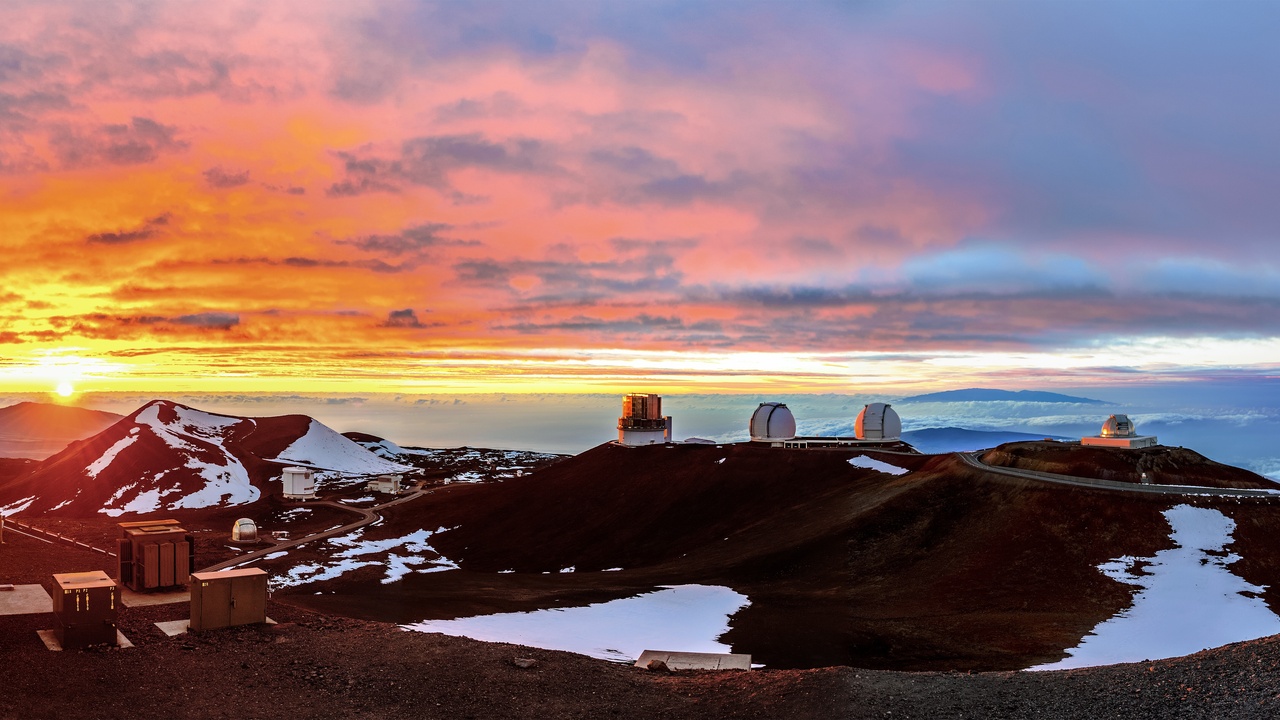
Deserts and high summits offer exceptional seeing thanks to dry air, low precipitable water vapor, and a thinner atmospheric column. Those conditions produce excellent transparency and stable point-like stars—ideal for both visual observing and astrophotography. Plan for altitude-related logistics: acclimatization, cold nights, and sometimes restricted summit access. Many such sites host professional facilities (ALMA, Paranal, university observatories) that provide useful atmospheric statistics you can check before you go.
4. Mauna Kea, Hawaii — High-altitude, pristine seeing
Mauna Kea is renowned for high-altitude observing; the summit sits at roughly 4,200 meters and hosts a cluster of world-class telescopes. The altitude sharply reduces air mass and turbulence above the boundary layer, delivering sharp images for professional and amateur astronomers alike.
Visitors should use the Mauna Kea Visitor Information Station at lower elevation for acclimatization and public programs before attempting summit access. Note cultural and land-use sensitivities on the mountain and follow posted rules—respect for local communities and restricted zones is essential.
5. Atacama Desert, Chile — Dry air and professional-grade skies
The Atacama is among the driest places on Earth and hosts major facilities like ALMA (site elevations around 5,000 meters) and ESO’s Paranal Observatory. Extremely low precipitable water vapor and clear nights make it a magnet for both large observatories and astro-tourism lodges.
Base yourself in towns such as San Pedro de Atacama for lodging and guided excursions. Many commercial operators run night-sky tours and photography outings; check altitude, health advisories, and vehicle requirements before travel.
6. NamibRand Nature Reserve, Namibia — Southern skies over dunes
NamibRand’s protected reserve status and sparse population create very low skyglow across broad desert dunes, making it a top southern-hemisphere choice. The reserve spans several thousand square kilometers and actively promotes night-time conservation through lodge operators.
Best viewing tends to be in the dry winter months when humidity is low. Lodges offer dedicated stargazing packages that show the Southern Cross and Magellanic Clouds with minimal light interference; bring warm layers for desert nights.
Islands and Volcanic Observing Outposts
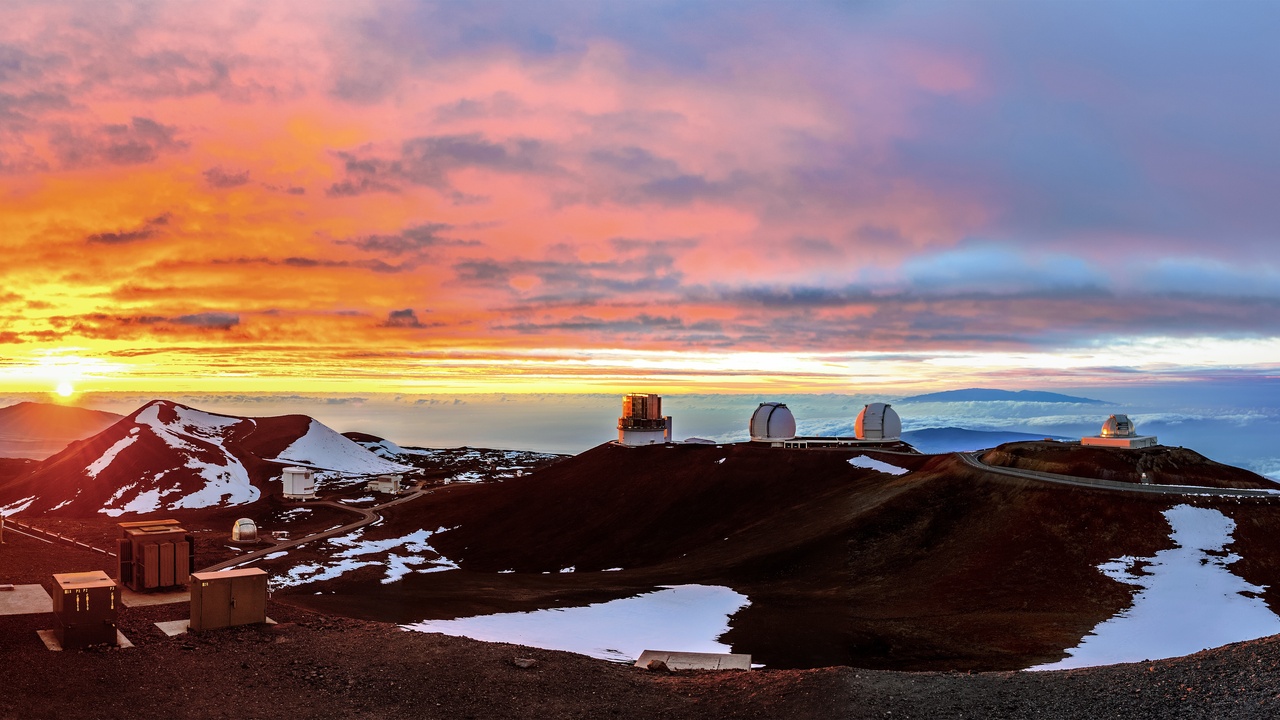
Islands and volcanic peaks pair isolation with elevation, often giving dark horizons and stable air. They can be logistics-light on services and subject to seasonal winds, so travel planning matters. Many island communities adopt lighting policies to protect skies, and several host visitor-friendly observatories or viewing platforms.
7. La Palma, Canary Islands — Observatory-grade skies with island hospitality
La Palma is home to the Roque de los Muchachos Observatory, situated at high altitude with numerous professional telescopes. The island maintains active sky protection measures and lighting ordinances to keep light pollution low for both research and tourism.
Visitors can join daytime observatory tours and sunset-to-stars excursions run by local operators. High crater rims provide dramatic foregrounds for astrophotography; check tour availability and road access before heading up to summit viewpoints.
8. Isle of Coll, Scotland — Community-led dark sky protection
Small communities like the Isle of Coll have earned recognition through local action: low street lighting, community outreach, and deliberate planning to keep horizons dark. The result is accessible, tranquil skies within a short ferry hop from the Scottish mainland.
Reaching Coll requires checking ferry timetables and seasonal schedules; weather can change quickly so allow extra nights. For unobstructed horizons, set up along western shores for wide-field Milky Way shots when conditions cooperate.
Remote Parks, Moorlands, and Backcountry Sites
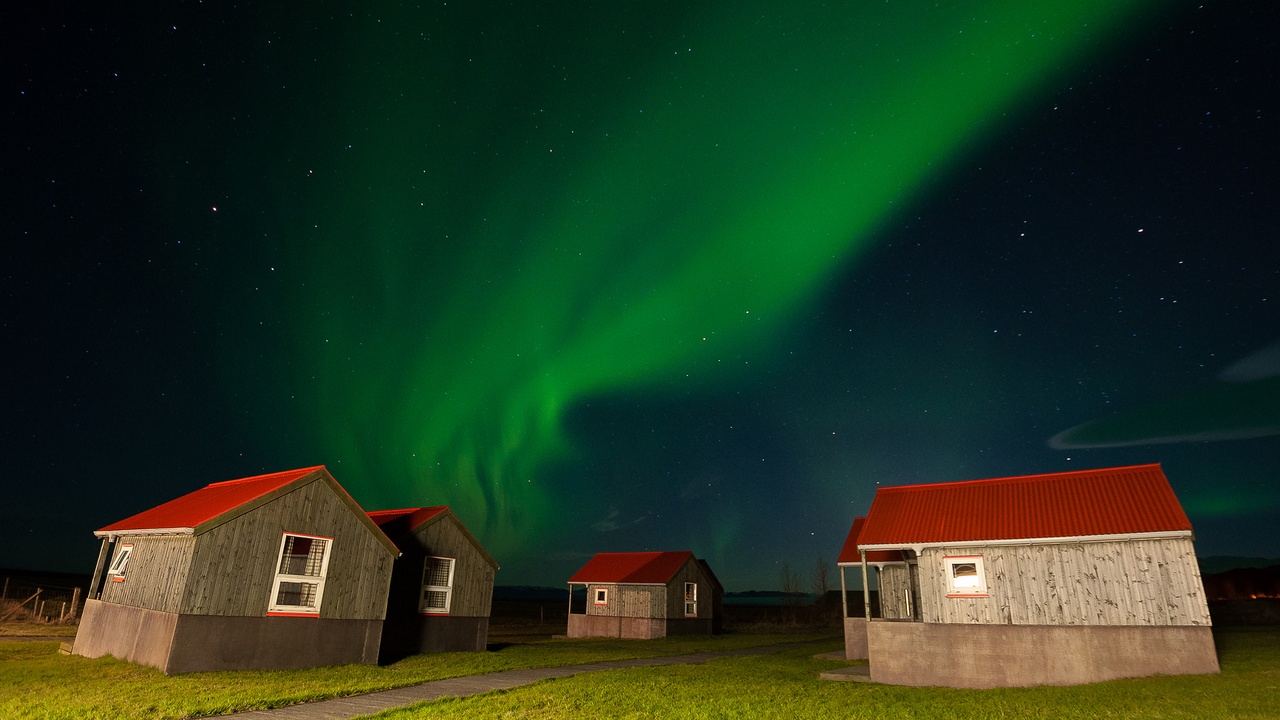
Remoteness often equals darkness: less skyglow from cities means deeper, more contrasty skies. Moorlands and backcountry parks typically offer wide horizons and ease of access compared with extreme-altitude sites, but they demand planning for weather, safety, and limited services.
9. Big Bend National Park, Texas — Vast horizons and southern dark lanes
Big Bend is a vast, remote U.S. park (over 800,000 acres) with low surrounding population density and exceptionally dark southern horizons. The park’s size helps keep light pollution to a minimum across broad viewing corridors.
Best months for comfortable nights run from fall through spring. Chisos Basin and Rio Grande Village are popular viewing spots; bring wide-angle lenses for Milky Way shots across open desert skies and prepare for significant diurnal temperature swings.
10. Exmoor National Park, England — Accessible dark skies near population centers
Exmoor has international dark-sky reserve status and demonstrates how targeted lighting control near cities can preserve excellent night skies. The reserve includes managed lighting ordinances and community outreach to reduce skyglow despite proximity to larger towns.
Favourite spots include Dunkery Beacon and the Valley of Rocks; these provide broad vistas for Milky Way photography and are reachable as day trips from regional centers. Look for local astronomy society events for guided nights and practical tips on seasonal timing.
Summary
- Protected reserves and parks deliver predictable quality through lighting ordinances and outreach—check IDA listings and visitor centers for official status.
- High-altitude deserts and volcanic summits offer differing advantages: deserts provide dry, transparent air while islands and peaks add isolation and stable seeing.
- Community action matters: small islands and moorlands show how local policies preserve dark horizons close to population centers.
- Plan logistics carefully—consider altitude, seasonal weather, access rules, and safety gear to maximize clear-night chances and comfort.
- Use official resources and local visitor centers for current conditions and guided programs before you travel to the best dark sky locations.
Enjoyed this article?
Get daily 10-minute PDFs about astronomy to read before bed!
Sign up for our upcoming micro-learning service where you will learn something new about space and beyond every day while winding down.

